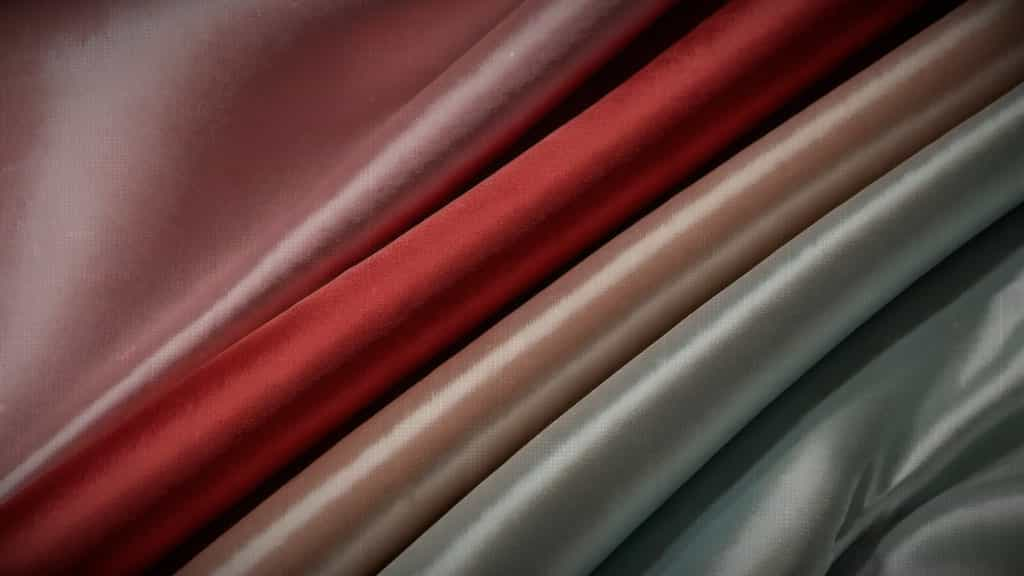Flat Rate Shipping to the Continental US

Ah, the eternal struggle of man versus textile. It’s a battle as old as time itself, fraught with confusion, frustration, and the occasional rogue thread. And perhaps no two fabrics have caused more head-scratching and befuddled pronouncements than those silky sirens, sateen and satin. Just try asking a salesperson to explain the difference without their eyes glazing over – it’s a feat worthy of Hercules himself.
The problem, you see, is that these two fabrics are like identical twins separated at birth: remarkably similar in appearance and feel, yet harboring subtle distinctions that can drive a reasonable person to distraction. The sources I’ve consulted suggest that both sateen and satin are known for their smooth, lustrous surface, often associated with luxury and indulgence. It’s enough to make you want to swan around in a silk dressing gown, even if you haven’t the faintest idea how to tie the sash properly.
But here’s where the plot thickens, dear reader. While sateen and satin may share a certain visual kinship, the key difference lies in their DNA, so to speak – the type of fibers used in their creation. Allow me to elaborate, with my usual flair for the overly-convoluted.
Satin, as it turns out, is a bit of a prima donna. It’s crafted from long, continuous fibers, typically silk, nylon, or polyester. These luxurious threads are what give satin its signature slippery feel and elegant drape. Think of it as the fabric equivalent of a pampered Persian cat – beautiful, alluring, but rather high-maintenance.
Sateen, on the other hand, is more of a working-class hero. Other sources explain that it’s typically made from shorter, more durable fibers, most commonly cotton. That’s right, good old-fashioned cotton, cleverly disguised as its fancier cousin. The magic lies in the weaving process, which involves running multiple threads over a single thread, creating a smooth, satin-like surface. It’s enough to make you question the very nature of reality, or at least the reliability of fabric labels.
This difference in fiber type has a direct impact on the durability and care requirements of each fabric. Satin, with its delicate, continuous fibers, tends to be more prone to snags, tears, and wrinkles. It’s best treated with the utmost care, like a fragile heirloom passed down through generations. Sateen, being the more robust of the two, can handle a bit more rough-and-tumble. It’s perfectly content being tossed in the washing machine and even (gasp!) subjected to the occasional hot iron.
And here’s a final twist in our textile-based tale: sateen, despite its luxurious reputation, is often more affordable than its silkier counterpart. It seems our working-class hero has a heart of gold, too.
So, there you have it: the difference between sateen and satin, laid bare. It’s a subtle distinction, to be sure, but one that can save you a great deal of trouble (and dry-cleaning bills) in the long run. Now, if you’ll excuse me, I have a sudden urge to purchase new bed linens. And this time, I’ll be sure to examine the labels with the discerning eye of a seasoned textile detective.
